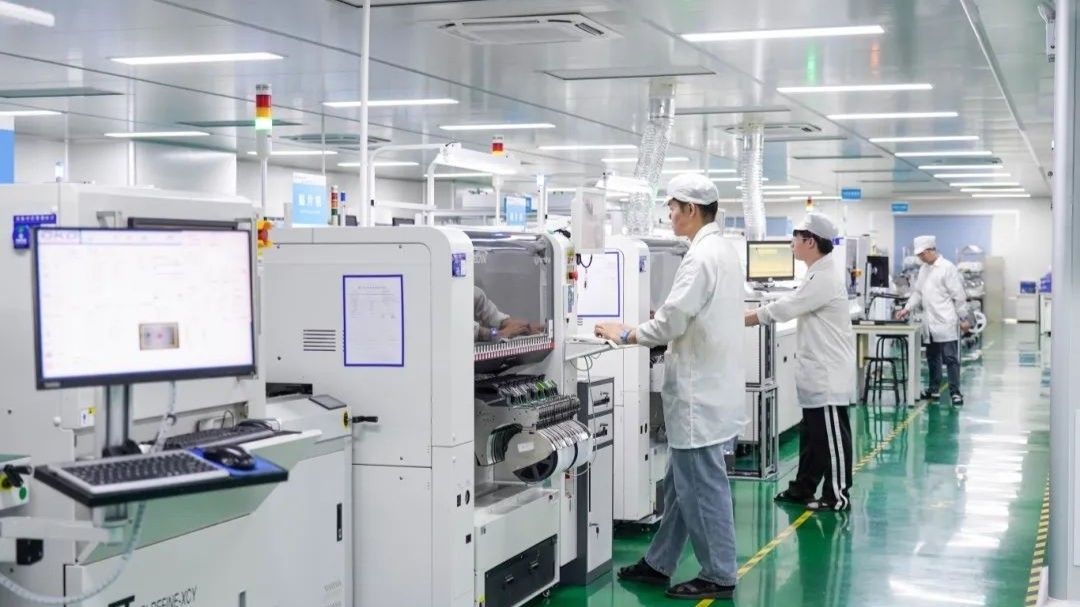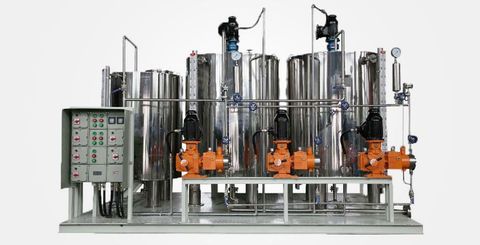Battery Manufacturing Machines Explained: A Complete Guide with Insights and Facts
Battery manufacturing machines are specialized industrial systems used to produce various types of batteries such as lithium-ion, lead-acid, and nickel-metal hydride through automated and precision-based processes. These machines handle stages like electrode preparation, cell assembly, electrolyte filling, and battery testing.
As the world shifts toward clean energy, electric vehicles (EVs), and renewable power storage, the demand for efficient and scalable battery production has increased dramatically. Manufacturers rely on automation and digitalization to improve quality, speed, and sustainability in battery production lines.
Battery manufacturing machines can range from electrode coating and slitting equipment to advanced formation and inspection systems. Together, these machines form an integrated ecosystem that defines the backbone of the global energy transition.
Why Battery Manufacturing Machines Matter Today
The rise of electric mobility, smart devices, and grid energy storage has made batteries essential to daily life. This shift has turned battery manufacturing from a niche process into a critical industrial operation.
Key reasons why battery manufacturing machines are important:
-
Sustainability and Energy Transition: Efficient battery production supports the shift to renewable energy and reduces carbon dependency.
-
Electric Vehicle Growth: EV batteries demand precision and scalability, achievable only through advanced manufacturing systems.
-
Technological Consistency: Automated systems minimize defects and ensure uniform quality across large-scale production.
-
Safety and Performance: Machines ensure controlled environments for sensitive materials like lithium and electrolytes, reducing hazards and enhancing performance reliability.
Industries such as automotive, consumer electronics, aerospace, and energy storage systems (ESS) depend heavily on these machines to meet growing global energy requirements.
High CPC Keywords to Integrate: battery manufacturing machines, lithium-ion battery production, EV battery assembly, automated battery systems, industrial automation in energy sector, renewable energy storage technology, smart manufacturing in batteries
Recent Trends and Updates in Battery Manufacturing (2024–2025)
Over the past year, significant developments have reshaped the battery production landscape. Companies and governments worldwide have invested in innovation to boost production capacity, efficiency, and sustainability.
Key updates and trends include:
| Trend | Description | Example/Impact |
|---|---|---|
| AI-Driven Automation | Integration of AI and machine learning in quality inspection, material flow, and predictive maintenance. | Panasonic and CATL introduced AI-based assembly monitoring systems in 2024. |
| Solid-State Battery Development | Machines now accommodate solid-state cell formats, which promise higher density and safety. | Toyota and QuantumScape announced prototype solid-state battery lines in 2025. |
| Eco-Friendly Manufacturing | Reduced water usage and solvent recovery systems are becoming standard. | Companies like Northvolt emphasize closed-loop recycling in their production plants. |
| Localization and Gigafactories | New gigafactories across the U.S., Europe, and Asia are reshaping global supply chains. | Tesla’s Texas Gigafactory expanded in early 2025 for increased lithium-ion output. |
| Advanced Material Handling | More precise slurry mixing and coating machines improve consistency. | Hitachi and Wuxi Lead introduced improved coating technology for electrodes. |
These updates show how the industry is evolving rapidly to meet both environmental standards and market demand.
Regulations and Government Policies
Government initiatives and environmental policies strongly influence how battery manufacturing operates. Regulatory frameworks aim to ensure sustainability, worker safety, and environmental compliance.
Key global policies impacting battery manufacturing machines:
-
European Union (Battery Regulation 2023): Enforces traceability, recycling targets, and carbon footprint reporting for battery production by 2025.
-
United States (Inflation Reduction Act 2022): Offers incentives for domestic EV battery manufacturing and recycling infrastructure.
-
India (National Programme on Advanced Chemistry Cell Manufacturing): Promotes local production under the Production Linked Incentive (PLI) scheme.
-
China (Green Manufacturing Standards): Focuses on reducing emissions and encouraging automation in lithium-ion battery lines.
-
Japan (Green Transformation Policy 2024): Supports research and deployment of solid-state and next-gen battery technologies.
Compliance with these regulations encourages cleaner production processes and greater transparency in material sourcing.
Tools and Resources for Battery Manufacturing
Professionals and researchers in the battery manufacturing sector can utilize a range of tools, platforms, and online resources to optimize processes, monitor efficiency, and improve outcomes.
Key resources include:
-
Simulation and Design Tools
-
COMSOL Multiphysics – For simulating electrochemical and thermal behavior in batteries.
-
ANSYS Battery Design Studio – For modeling and optimizing battery cell structures.
-
-
Process Management Software
-
Siemens Opcenter Battery – Integrates MES and automation for complete production visibility.
-
ABB Ability Energy Management Suite – Helps monitor energy use and sustainability metrics.
-
-
Research Databases and Portals
-
IEA Global EV Data Explorer – Tracks trends in EV adoption and energy storage.
-
Battery University – Offers educational resources about chemistry, charging, and maintenance.
-
-
Industry Associations and Standards
-
Battery Industry Association (BIA) and SAE International provide guidelines for equipment safety and standardization.
-
ISO 12405 – Defines testing procedures for lithium-ion batteries.
-
These tools help companies ensure compliance, enhance design accuracy, and maintain high production efficiency.
Frequently Asked Questions (FAQs)
1. What types of machines are used in battery manufacturing?
Battery manufacturing involves several categories of machines including electrode coating, calendaring, stacking, electrolyte filling, sealing, formation, and testing machines. Each stage requires precision to ensure product quality and performance consistency.
2. What are the key factors to consider when choosing a battery manufacturing system?
Important factors include automation level, production capacity, safety standards, material compatibility, and ease of maintenance. Integration with digital control systems also enhances monitoring and performance tracking.
3. How has automation changed the battery manufacturing industry?
Automation reduces human error, increases speed, improves product consistency, and allows for scalable production. AI-based inspection and robotic assembly are now common in gigafactories.
4. What environmental issues are linked to battery production?
Battery production can generate waste and emissions if not properly managed. Sustainable practices like closed-loop recycling, solvent recovery, and energy-efficient operations are helping to reduce impact.
5. Which countries lead in battery manufacturing innovation?
China, South Korea, Japan, the United States, and Germany lead globally in research, automation, and large-scale battery production technologies. Emerging players like India and Indonesia are also investing heavily in battery infrastructure.
Conclusion
Battery manufacturing machines are the foundation of the modern energy ecosystem. They combine automation, material science, and sustainability to meet global energy demands efficiently. As the industry continues to evolve, the integration of AI, advanced materials, and eco-friendly design will shape the future of energy storage and electric mobility.
With supportive policies, technological progress, and digital transformation, battery manufacturing is becoming smarter, greener, and more accessible. Whether for electric vehicles, renewable storage, or consumer electronics, understanding these machines provides essential insights into how the world powers the next generation of technology





